Let's Play For Honor - Still Bad At Online
/ Stephen CraneChris and I are still playing For Honor, so here's another video!
We're playing more For Honor, so check it out here. Remember to subscribe and leave a comment! Website: http://www.torontogamedevs.com/ Twitter: https://twitter.com/torontogamedevs Patreon: patreon.com/torontogamedevs Store: designbyhumans.com/shop/TorontoGameDevs/
Triversal, the puzzle game from Toronto developer Phantom Compass has a release date, and thankfully we won’t have to wait that long. The game comes out on July 13th, and you can wishlist it on Steam here.
Toronto-based developer Snowman will be releasing their currently Apple-Arcade-only Skate City to Steam, Epic Game Store, Nintendo Switch, PlayStation 4/5, and Xbox on May 6th.
Having just released Mighty Fight Federation on PlayStation/Steam late last month, Komi Games is not done and have released their 3D brawler on Switch - and have included Cross-Play with all versions. you can pick up the game on Switch right here for $39.89.
Massive Damages Star Renegades, the rogue-lite RPG that is available on Xbox, and Steam, is out now on PlayStation. Currently going for $24.74 CAD with a PlayStation Plus discount, you can pick it up here.
Sokodice is a puzzle game where you must navigate dice through mind boggling levels to match the number of the dice with the number on a designated tile.
Toronto developer MegaPhemeral announced their upcoming Japanese inspired RPG Emergent Fates will be coming to iOS on July 7th. Offered as a “free-to-start”, and then a 5.99 USD price tag to unlock the game is currently up for preorder on the App Store.
P.A.M.E.L.A the Bioshock-inspired first-person shooter from Toronto based NVYVE Studios gets a full release on PC.






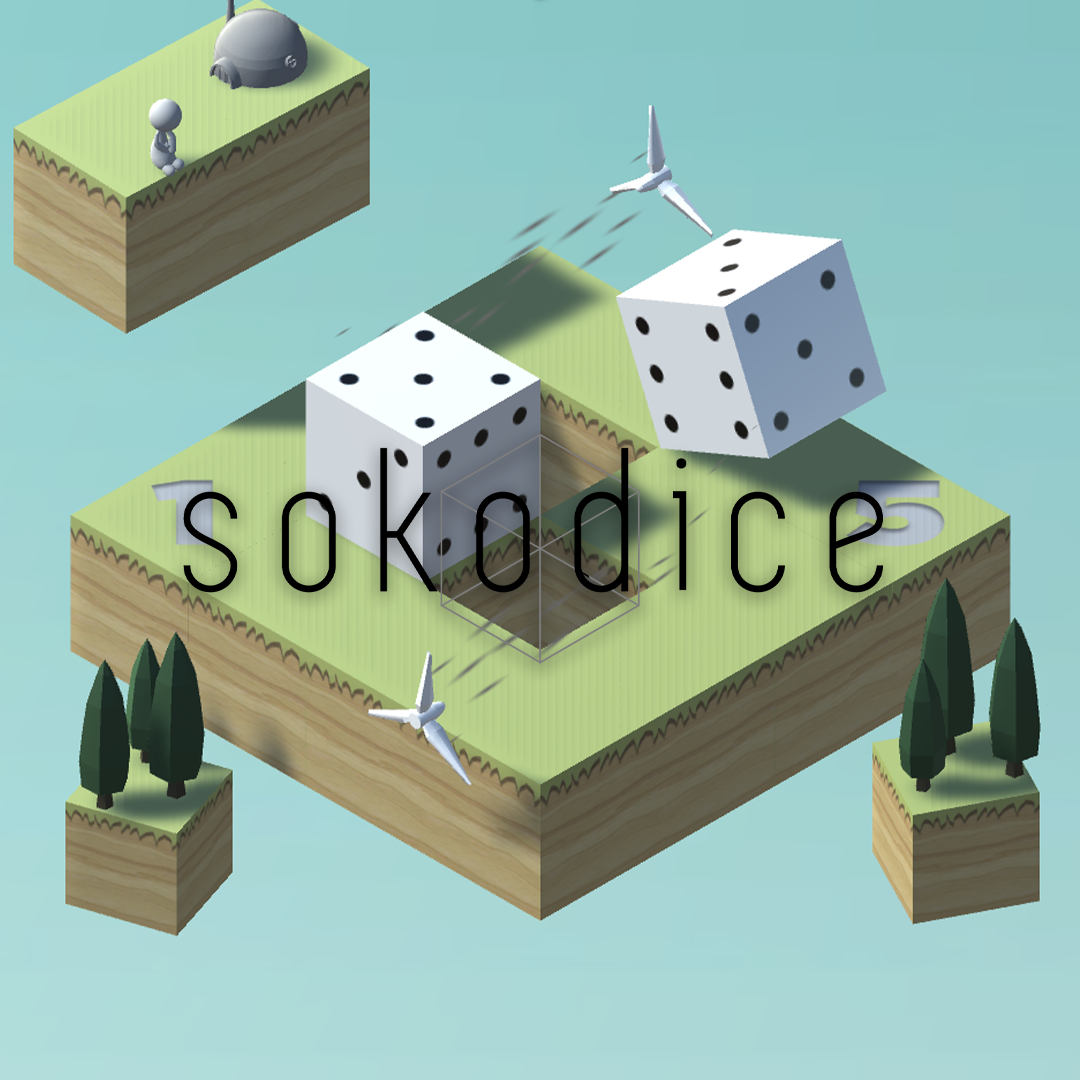











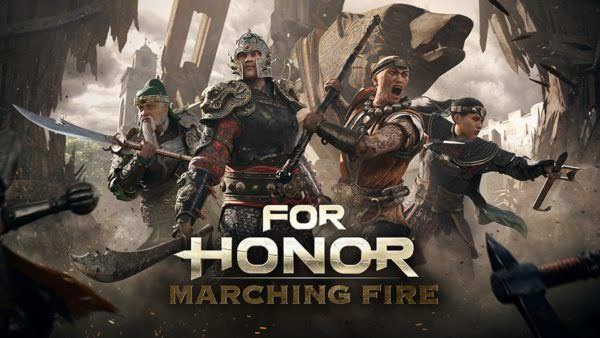

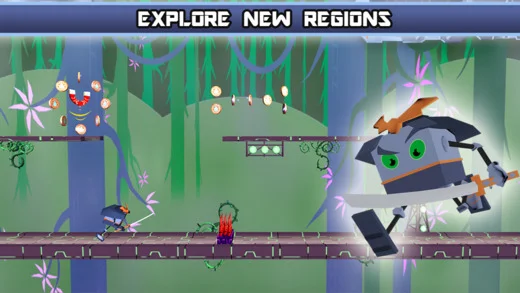

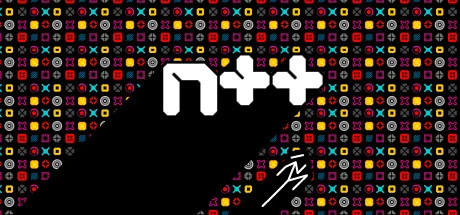




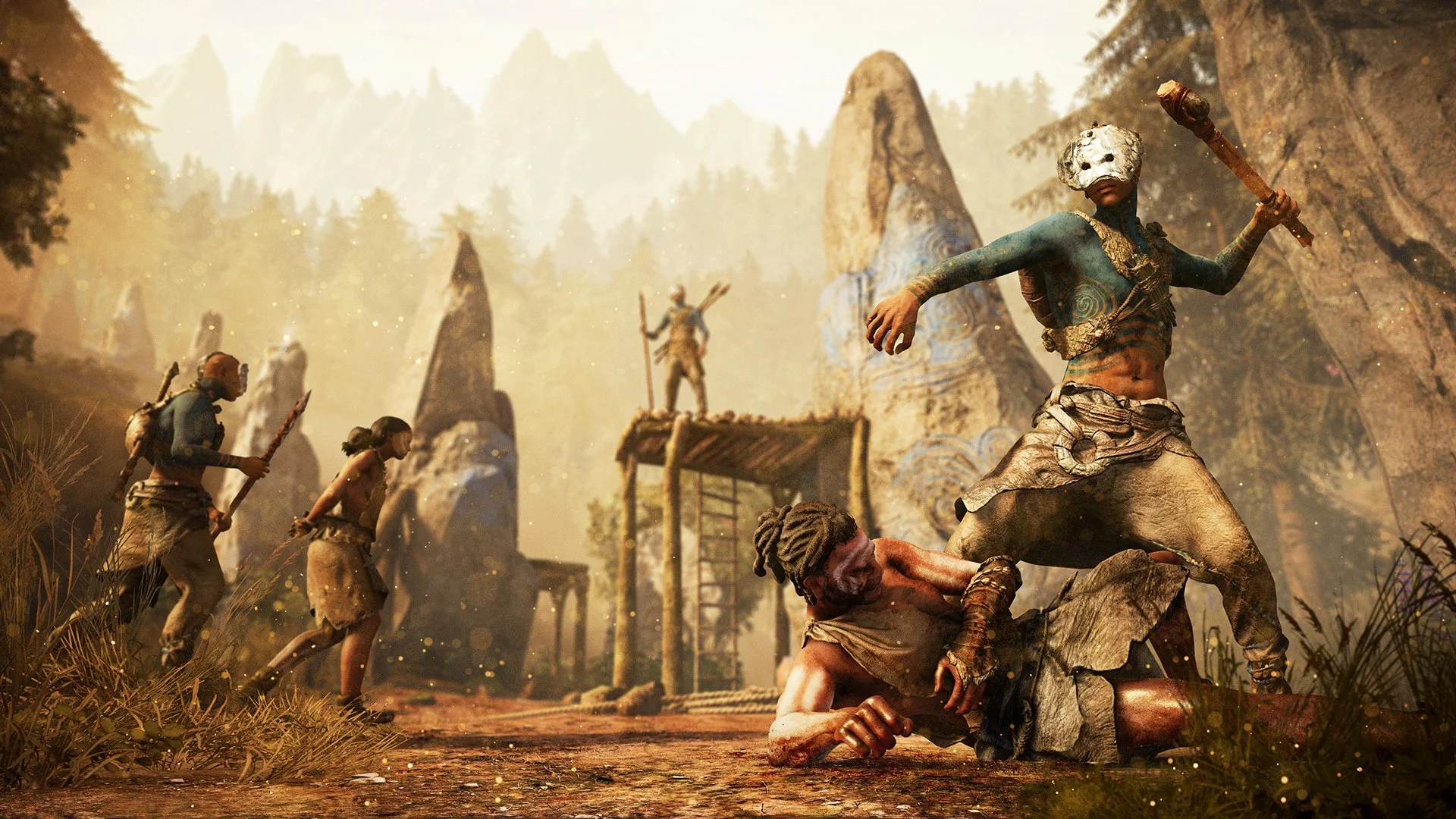































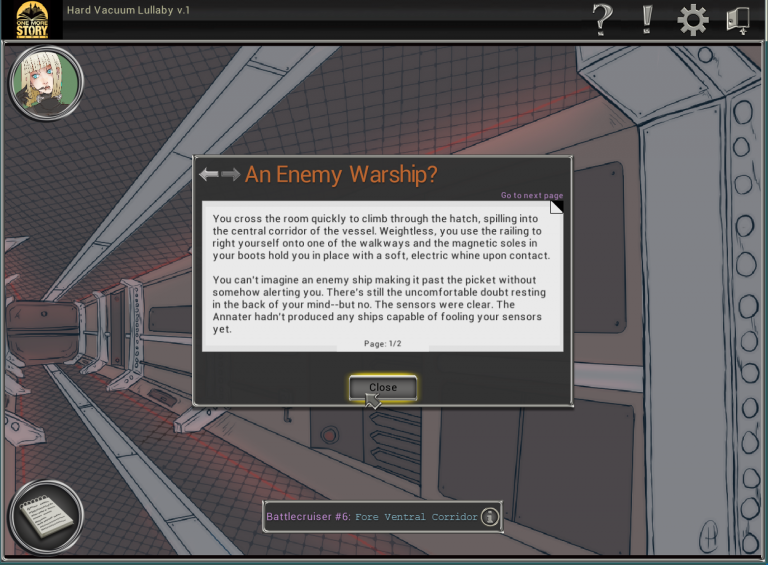


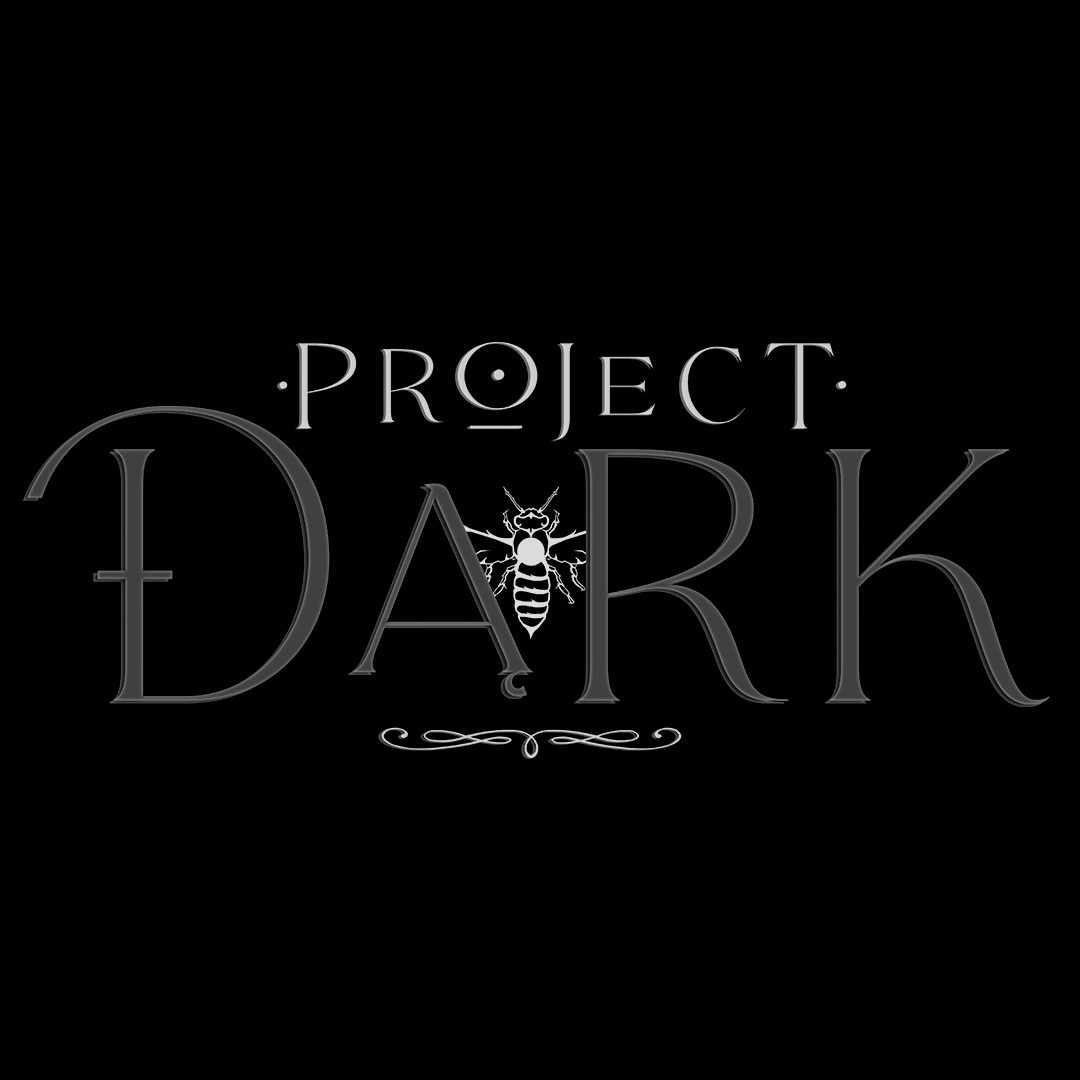








Chivalry 2, the hotly anticipated sequel which is coming to PC, PlayStation 4, PlayStation 5, Xbox One, and Xbox Series X/S has gone gold ahead of its June 8th release date. The game, which will feature crossplay across the board, is also currently having an open Beta from May 27th to June 1st, the Beta is also cross-play enabled.